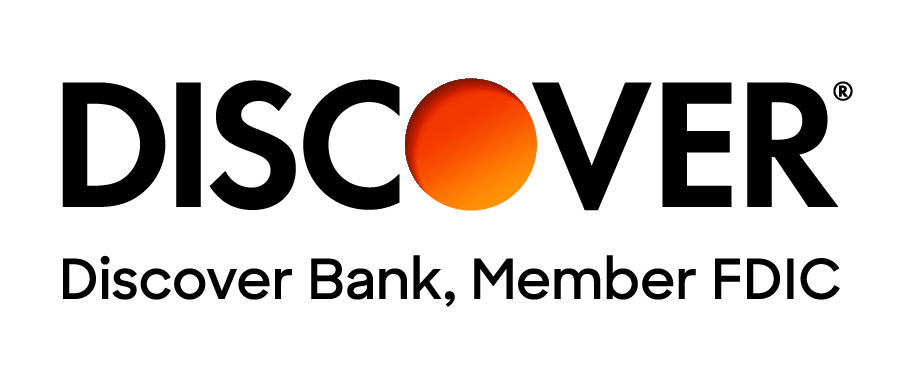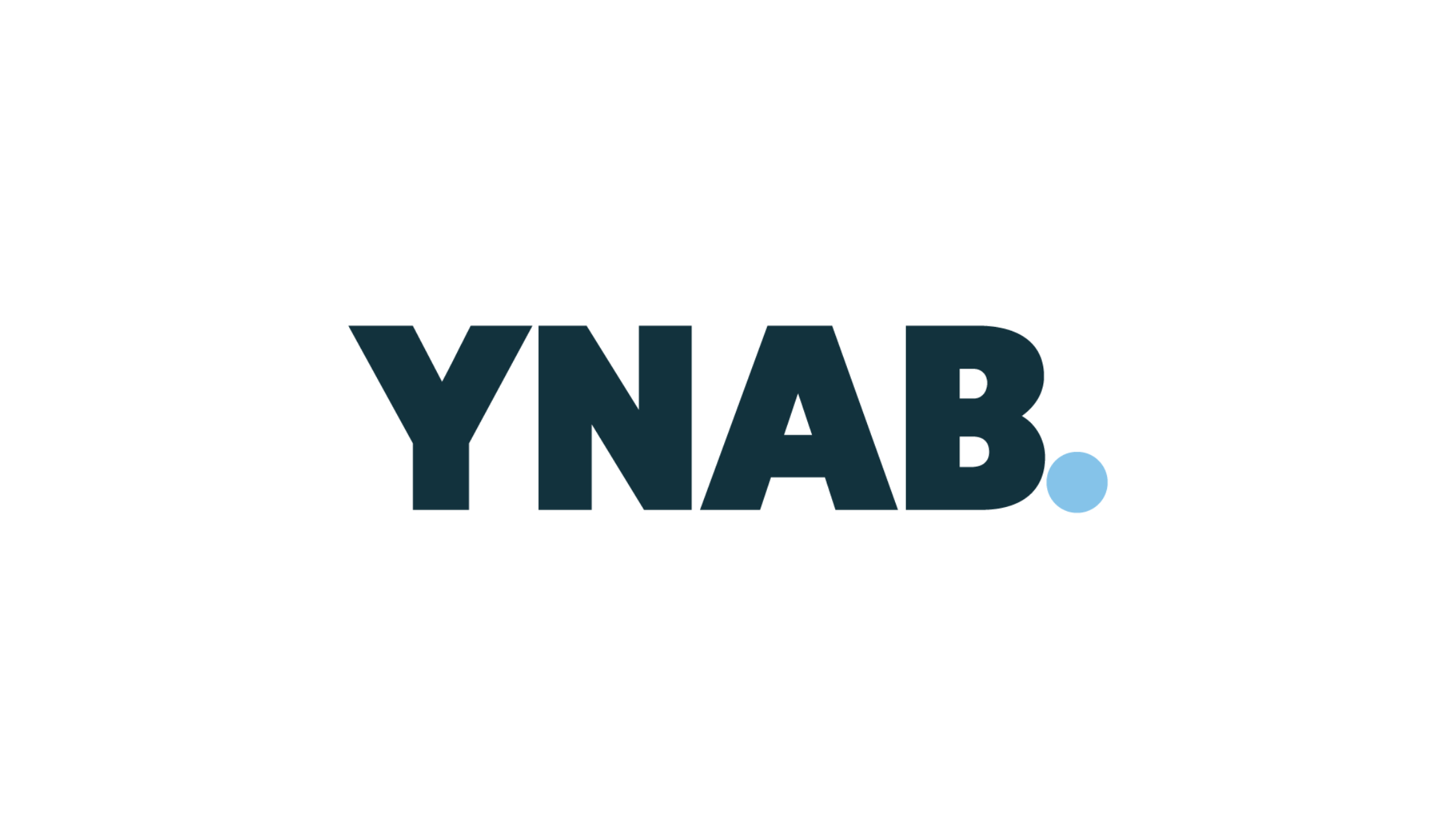Credit card fraud happens when someone uses your credit card or card details without your permission to make purchases or steal money. Protecting yourself from this type of fraud is really important because it can lead to financial loss, stress, and even long-term damage to your credit score, which can make it harder to get loans, rent apartments, or even land certain jobs.
Over the years, credit card fraud has become more common due to the growth of online shopping and digital payments. Thieves can steal your information in various ways, like phishing scams, hacking, or card skimming devices. If someone commits fraud using your card, you might lose money, spend hours dealing with banks to fix the issue, and see your credit score drop if the crime isn't handled quickly. That's why staying informed and cautious is your best defense against this growing risk.
What Is Credit Card Fraud
Credit card fraud is a type of theft where criminals try to and many times gain access to your funds or rack up charges in your name, leaving you stuck with a problem.
For example, imagine you’re shopping online, and a scammer sets up a fake website that looks legitimate. You enter your credit card details to buy something, but instead of making a real purchase, the scammer steals your information and uses it to shop or withdraw cash themselves.
This type of fraud is becoming a bigger problem as technology improves. Criminals are constantly finding smarter ways to steal your information, like hacking into databases or creating advanced phishing schemes. That’s why it’s so important to know how to protect yourself against these threats.
Common Tactics Used by Fraudsters
Fraudsters are constantly coming up with ways to trick people into giving up their credit card information. Here are some of the most common methods they use:
Phishing Emails and Texts
Scammers send fake emails or text messages that look like they’re from trusted companies, like your bank or a popular retailer. These messages often include urgent requests to verify your account or reset your password, tricking you into clicking on fake links and entering your details.
Skimming Devices at ATMs or Gas Pumps
Skimmers are small devices placed on card readers to steal card information. At ATMs or gas stations, fraudsters attach these devices where you swipe or insert your card. Sometimes, they even add hidden cameras to record your PIN.
Data Breaches from Companies and Retailers
Hackers target large companies to steal customer information from their databases. If your credit card is stored with one of these companies, it can be compromised during these cyberattacks.
Fake E-commerce Websites
Fraudsters create websites that look like real online stores but exist only to steal your credit card details. These sites often feature huge discounts or limited-time offers to lure you in.
Card-Not-Present Fraud (Online and Phone Scams)
This happens when someone uses your card details online or over the phone, without physically stealing the card. By getting your card number, expiration date, and security code, scammers can make unauthorized purchases with ease.
Fraudsters often take advantage of moments when you’re distracted or in a rush. For instance, you might quickly skim through an email and click on a phishing link, or use a compromised gas pump without inspecting the card reader. Staying alert, especially during these everyday tasks, is key to preventing credit card fraud.
Practical Steps to Protect Yourself
Protecting yourself from credit card fraud doesn’t have to be complicated. By following these practical steps, you can significantly reduce the chances of becoming a victim:
Monitor Your Accounts Regularly
Check your credit card statements and online accounts frequently for any unusual charges or transactions. Reviewing them weekly—or even daily—can help you catch potential issues early.
Set up transaction alerts through your bank or credit card issuer. These alerts notify you instantly whenever your card is used, giving you the opportunity to act quickly if something seems off.
Keep Your Information Private
Never share your credit card details, such as your number or security code (CVV), through email, text, or phone unless you are absolutely certain you’re communicating with a trusted source.
Be extra careful with unsolicited calls or messages claiming to be from your bank. Scammers often try to trick people into giving away sensitive information.
Create Strong, Secure Passwords
Use passwords that are unique and complex for every online account. Avoid using easily guessed information, like your name or birthdate.
A good practice is to utilize a password manager to securely store and generate strong passwords, making it easier to remain protected without the hassle of remembering them all.
Use Secure Payment Methods
Whenever possible, opt for secure payment options like virtual cards or contactless payments, which offer an extra layer of protection.
Ensure any website you shop on is secure by looking for the “https://” prefix and a padlock icon in the URL bar. These indicate that the site encrypts your data to keep it safe.
Be Cautious in Public Settings
When entering your PIN at ATMs or card readers, shield the keypad with your hand to block prying eyes or hidden cameras.
Avoid using public Wi-Fi for online shopping or banking unless you have a virtual private network (VPN) to protect your connection.
Report and Respond to Fraud Quickly
If you notice suspicious activity, immediately contact your credit card issuer. They can help freeze or cancel your card and issue a replacement.
Take quick steps to prevent further damage by filing a fraud claim with the bank and notifying authorities, if necessary. Providing detailed information about the fraud can help them resolve the issue and potentially stop the culprit.
By incorporating these steps into your daily habits, you’ll build a solid defense against credit card fraud and gain peace of mind knowing your financial information is safer.
Additional Tools for Protection
There are several tools and services you can use to add extra protection against credit card fraud. These resources are designed to help you monitor, detect, and respond to suspicious activities. Here are a few tools and services you should consider:
Credit Monitoring Services
Credit monitoring services keep an eye on your credit activity and alert you to any unusual changes, such as new accounts or large purchases that you didn’t authorize. These alerts can help you spot potential fraud early and take quick action before the situation gets worse.
Free Credit Reports
You’re entitled to free credit reports from major credit bureaus like Equifax, Experian, and TransUnion through websites like AnnualCreditReport.com. Reviewing your credit reports regularly allows you to verify that all accounts and transactions are accurate. If you notice entries you don’t recognize, it could be a sign of fraud.
Identity Theft Protection Plans
These plans offer comprehensive protection by monitoring your personal information, such as Social Security numbers, bank accounts, and credit card details. Some services even provide insurance or recovery assistance if your identity is stolen, giving you an added layer of peace of mind.
Using these tools alongside your own vigilance can make a big difference in keeping your financial information secure and staying ahead of potential threats.








